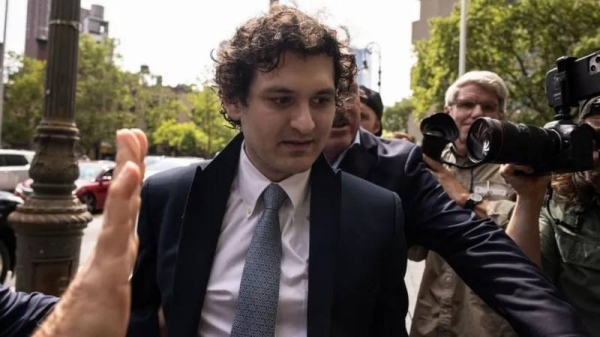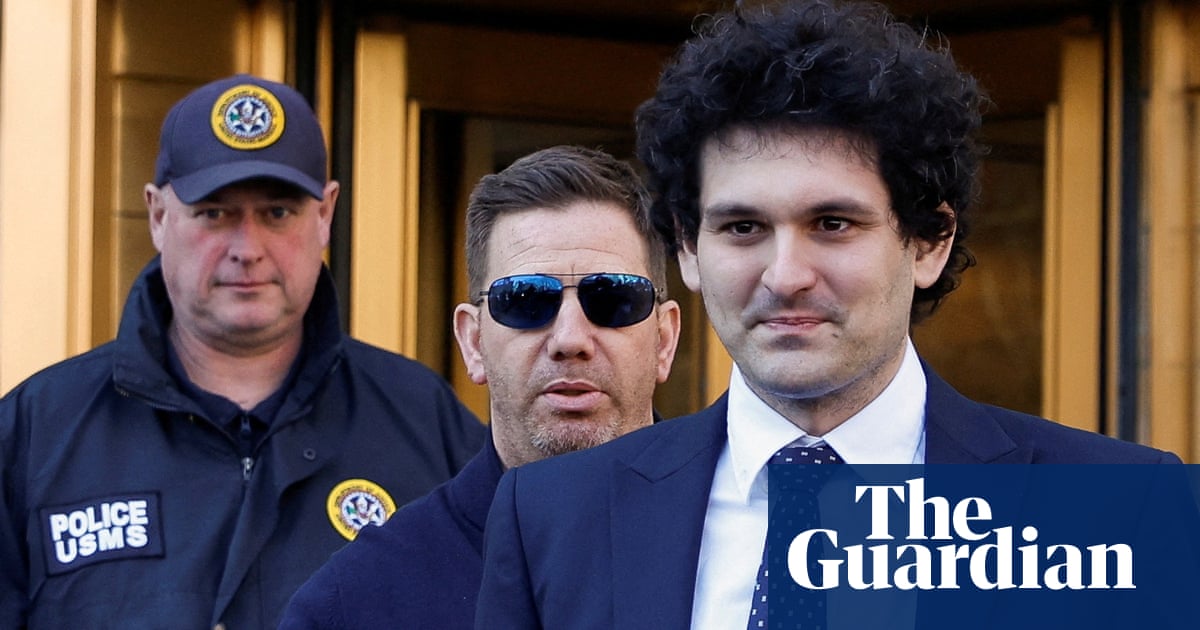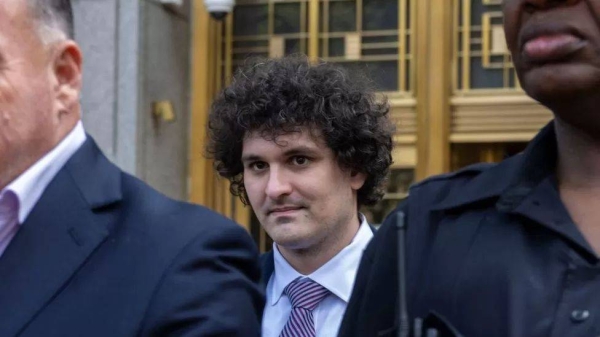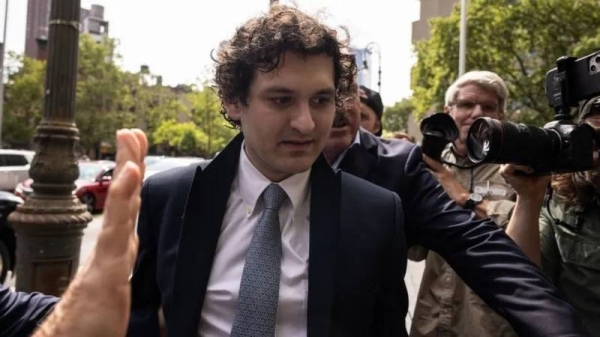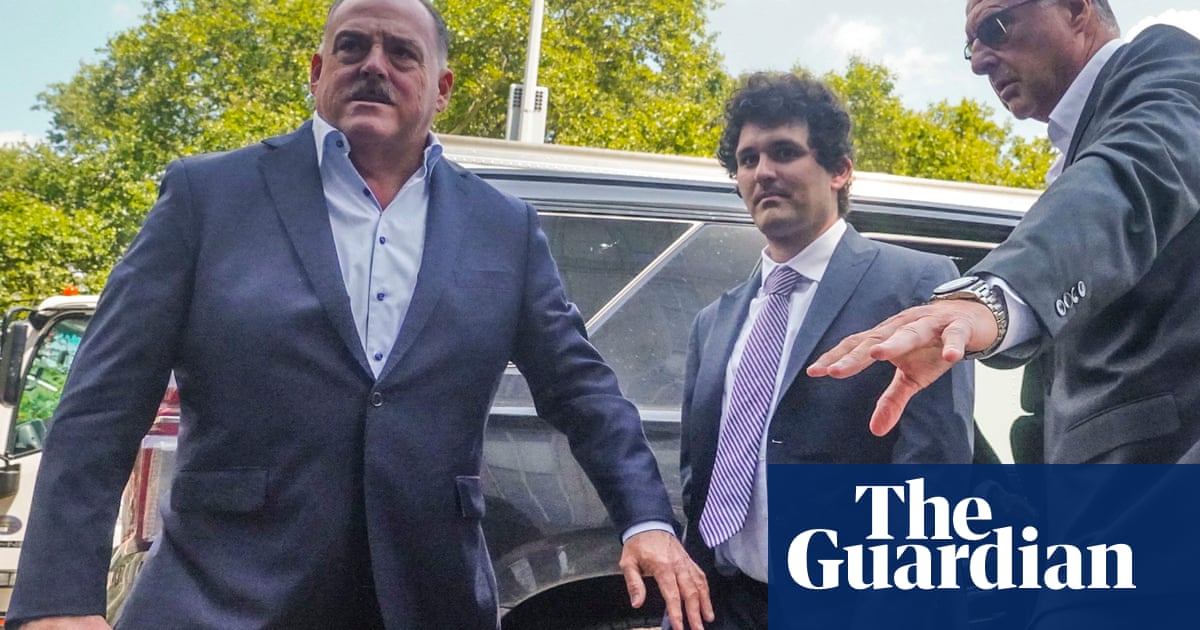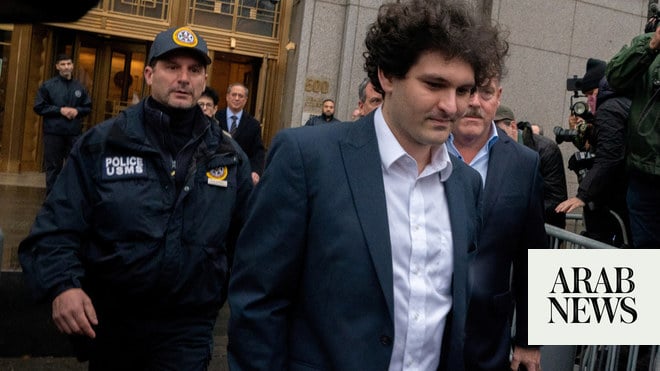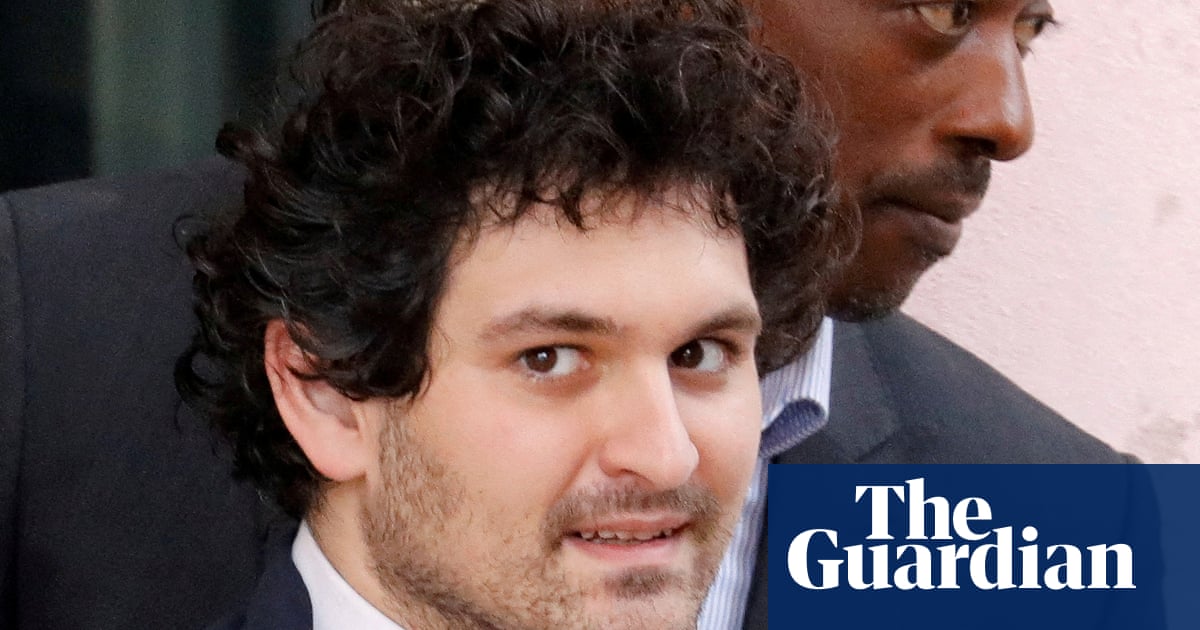
Sunil Kavuri is not a novice investor. Sure, he hasn’t always been involved in finance: 20 years ago, he was a model. He and his identical twin brother were the stuff of local newspaper human-interest stories, straight-A lads from Rugby in Warwickshire who got firsts in economics, were both on the way to do master’s degrees in finance at Cambridge and got picked up by O2 to do the adverts for Big Brother. You might remember the ad: two floppy-haired guys horseplaying on a sofa.
After that, though, Kavuri worked for Deutsche Bank, Morgan Stanley and then JP Morgan, leaving in 2012 to do his own investing. In 2015, he started investing in cryptocurrencies, mainly bitcoin, which he saw as “digital gold”: “It has all the attributes of gold, but it’s easier to store, so it’s better than gold.” The premise of bitcoin is that the supply is fixed at 21m, so it’s a finite resource. “I saw bitcoin as a better, more portable version,” he says. “It has finance supply, it’s perfectly divisible, it’s fungible.”
But then, in the autumn of 2022, the value of crypto nosedived. As a creditor of the crypto exchange platform FTX, founded by Sam Bankman-Fried, Kavuri lost $2.1m (£1.8m). He is trying to retrieve those funds as part of a class-action lawsuit.
This leaves lay folk such as me with a number of questions. When people say they lost millions of dollars, was any of that money real? How was the hype around Bankman-Fried any different from tulip mania or other speculative bubbles? What exactly are we looking at, with the collapse in crypto last year? Was it an Enron-style event – a sound business brought down by bad actors? Or was it more of a 2007-style event – a dysfunctional system in which every person who should have known better had a hand? In fact, is that distinction real, or is the line between functional and dysfunctional a little more blurred?
Bankman-Fried has become the embodiment of crypto: his rise astronomical, his demise spectacular, his demeanour so unusual, his face a compelling open book, emotions playing across it like a three-year-old’s. “I think it’s impossible to divorce the personality of Sam Bankman-Fried from the phenomenon of cryptocurrency,” says Megan Towey, the producer of Panorama’s Downfall of the Crypto King, which airs in the UK on BBC One tonight. “He became an icon of the industry: this vegan white knight of crypto, who would go in and rehabilitate the image.”
Since bitcoin’s creation in 2009, the crypto world had developed a dicey reputation. “The framework for it is still the wild west, in many ways,” Towey says of attempts to regulate it. Its value was marked by its volatility. Operating outside governmental and financial authority, it was a great currency to use if you wanted to buy drugs or take out a hit on someone. Then Bankman-Fried arrived, setting up FTX in 2019. By 2022, he was the 60th richest person in the world.
He hosed money everywhere: at politics, at parties, at celebrities. His self-fashioning was almost monastic. He said in one interview, his goofy, shambling body-language doing as much of the talking, that he could fit all the clothes he owned into one rucksack. Ultimately, he wanted to give away all his money, he said. At its peak, his net worth was $26bn, so this was an arresting promise.
He was living in a $40m penthouse in the Bahamas with a rolling cast of college buddies, including Caroline Ellison (his on-off girlfriend), Gary Wang and Nishad Singh – the inner circle at FTX. By all accounts, it looked a lot like the fever dream of a stoned student who had been asked what he would do if a genie offered him three wishes. (“First, I’d ask to conjure money out of thin air, then I’d ask for 1,000 more wishes, doofus.”)
Towey came at crypto from a standing start: she was previously an Emmy-winning investigative reporter for CBS, before relocating to the UK. The main reason she was aware of Bankman-Fried was because the former American Airlines Arena in Miami had been renamed the FTX Arena in June 2021. The deal was reportedly worth $135m; Bankman-Fried was rumoured to have spent another $30m on a Super Bowl ad. (When FTX declared bankruptcy seven months later, its name was stripped from the stadium.)
So, in one way, when the tide went out on crypto and so much of that wealth evaporated overnight, it was unsurprising. Whatever combination of genius and naivety Bankman-Fried represents – and juries will soon be out on that, literally – he wasn’t giving the impression of a young man making sober financial decisions in the long-term interests of society, or even himself.
FTX initially survived the crypto crash, even thrived. Then, at the start of November, it went bust. It is a matter of public record that customer funds had been mishandled. At least $4bn in client funds had been transferred from the crypto platform to Alameda Research, a trading firm Bankman-Fried had launched in 2017.
Bankman-Fried was extradited from the Bahamas to the US in February to face charges that now include fraud, making illegal political donations and money laundering; a trial starts next week. If he is convicted on every count, he will be sentenced to 115 years in prison. “It’s a landmark trial,” Towey says. “It’s not just Sam Bankman-Fried going on trial; it’s the future of crypto regulation.” Towey’s film doesn’t seek to adjudicate on the subject of Bankman-Fried’s culpability; it’s more about a global society bewitched by this curious figure, wanting so hard to believe in him not for his own sake, but in the hope that nation states would no longer have a stranglehold on finance and that alchemy would be real.
Alot of the confusion around crypto is that it seems weightless. In the end, all money is socially created; it’s valuable because we trust it to carry a certain value. If anyone could conjure it, and it was stripped of state legitimacy, why would anyone believe in it? “Any Tom, Dick or Harry can create coins,” says Kavuri. “They can create meme coins: dogecoin, pepecoin; Elon Musk was a big proponent. People buy it because of the marketing, but there’s nothing behind it – there’s no underlying premise.”
Netflix made a documentary last year with a similar title, Trust No One: The Hunt for the Crypto King, about Gerald Cotten, the founder of the Canadian crypto exchange QuadrigaCX. It was another Icarus tale with a lot of disappeared money and, in that case, a mysterious death, Cotten having reportedly died in India in 2019, with $190m vanishing with him. It was hard to feel sympathy with the people who were bitten, though, since it was never clear why anyone trusted him in the first place.
But there were sound reasons, Kavuri says, for using FTX: “The VC [venture capitalist] funds started investing in it – relatively late, in July 2021. They raised $900m. Paul Tudor Jones, BlackRock, Sequoia [Capital]. I was attracted by the institutional backing. It was viewed as being safe. FTX was the only one of the crypto exchanges that had that backing. I’m quite cautious in the platforms I use; I prefer regulated platforms. This carried weight for me.”
There is a story about Bankman-Fried taking a remote meeting with backers and playing a video game, concurrently and shamelessly, throughout it. It’s behaviour you wouldn’t accept from a teenager at a dinner table, but the sheer audacity flipped the dynamic: he must be a prodigy; how else would he think that was OK?
“An exchange is not a bank,” says Kavuri. “You have to imagine it’s like going to a lawyer and giving them the money to buy a house. They take that and then they run off and buy a yacht. That’s your money – and he went and bought a yacht.”
When the warning signs came, it was incredibly late. Coindesk, an online crypto news site, broke the story that Alameda had a problem with its balance sheets in early November. That prompted large-scale withdrawals from Alameda, but Bankman-Fried was still tweeting throughout that he had never used customer deposits on FTX to shore up Alameda, so it was reasonable to assume a firewall between the two companies.
The broader context was that crypto was in trouble everywhere; this, Towey recalls, “was very similar to the major financial institutions collapsing. In a market that was down, you had this collapse of assets, and you’re looking to fill some of those holes and tide you over until the rebound”.
Kavuri says: “I think the fundamental premise of crypto remains unchanged. You have to distinguish between the bad actors and the asset class itself. I had to take time to digest what happened, then I got caught up in becoming a creditor-activist.” In that process, he has met a lot of people who bet the farm, including one guy in Turkey whose entire savings, bar $600, went on FTX.
The kindest reading of Bankman-Fried would be that he was just trying to fill the holes while he waited for the rebound. It’s an open question whether or not those holes were there because he had spent the money on nonsense. In a piquant twist – neocurrency meeting social media – Bankman-Fried got into a spat with Changpeng Zhao, the CEO of a rival crypto exchange, Binance, which scuppered the chance of a buyout of FTX and laid bare the extent to which FTX and Alameda were exposed.
The rest is unfolding history. Juries will soon wrestle with their verdicts on Bankman-Fried – the evergreen tussle in finance of “conman or idiot”. Whatever they determine, it certainly appears that a whole system of idiots enabled this mess.




